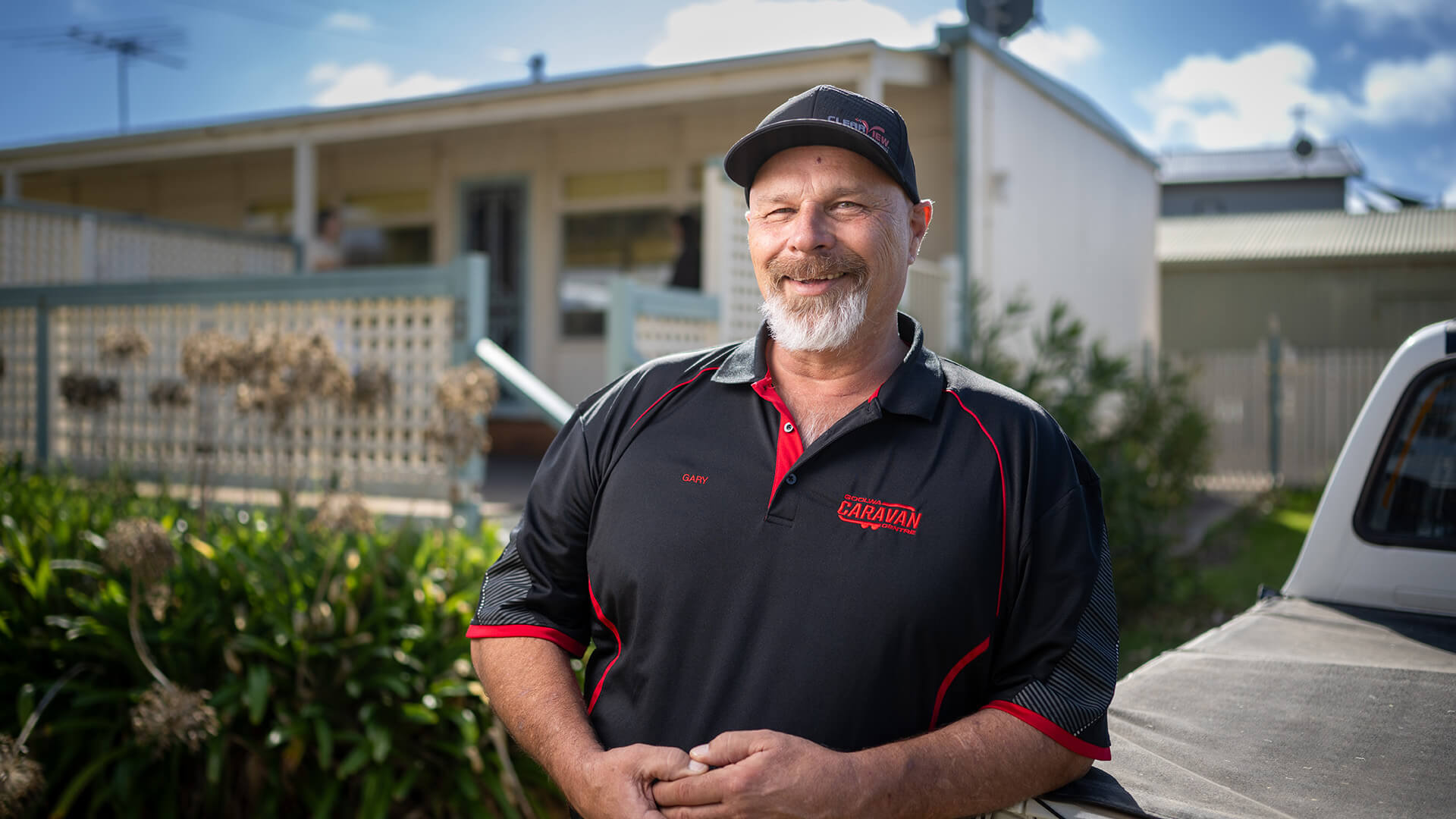1. Listen and learn
Start by listening. Everyone's experience with scoliosis is unique.
By actively listening to their specific challenges, you’ll better understand how scoliosis affects their day-to-day life. This insight allows you to offer tailored support.
Encourage open conversations and show genuine interest in how they’re managing their condition. Doing some research into scoliosis will also help you better understand their experiences.
You can learn more about scoliosis in our blog: What is scoliosis? Everything you need to know about this spine condition.
2. Assist with daily tasks
Offering help with tasks that may cause discomfort, like carrying heavy items or household chores, can make a big difference. You might also suggest making simple modifications to their living space to improve comfort, such as adjusting shelf heights.
Always strike a balance between helping and fostering independence. Offer assistance when needed but also encourage them to do what they’re comfortable with on their own.
3. Encourage safe physical activity
Gentle exercise can be beneficial for some people living with scoliosis. Activities like walking, swimming, or those recommended by their healthcare provider can help improve muscle strength and flexibility.
However, it’s important to respect their physical limits and avoid pushing them beyond their comfort zone. You could offer to join them in activities or be a source of motivation, but always let them set the pace.
4. Encourage them to seek professional support
Supporting someone living with scoliosis includes encouraging them to seek help from healthcare professionals when needed. Medical advice can be crucial, especially if their condition worsens.
Additionally, organisations like APM Employment Services can provide valuable support in areas like employment through Disability Employment Services. By guiding them towards these services, you can help them access the resources they need while respecting their independence.
5. Support during medical appointments
If your loved one is comfortable, offer to accompany them to healthcare appointments. Your presence can provide moral support and help make the experience less stressful.
Attending appointments also allows you to assist with note-taking or discussing treatment options, ensuring your loved one feels supported during important healthcare decisions.
6. Be mindful of comfort
Consider ways to enhance your loved one’s comfort, whether at home or in their work environment. Simple adjustments, like using ergonomic furniture or adding supportive cushions, can significantly improve their comfort and wellbeing.
Being thoughtful about their physical needs, even during travel or in everyday situations, can make a real difference.
7. Offer emotional support
Living with scoliosis can be emotionally challenging. Offering emotional support, being there to listen, and providing encouragement can make all the difference. Sometimes, just being present is enough to help someone feel understood and supported.
8. Respect their independence
One of the most important aspects of supporting someone living with scoliosis is respecting their independence. While offering help, it’s essential to recognise their abilities and preferences. Support should be available, but not overwhelming or imposed.
Always encourage open communication so they can express what support they need—and when they prefer to handle things on their own.





